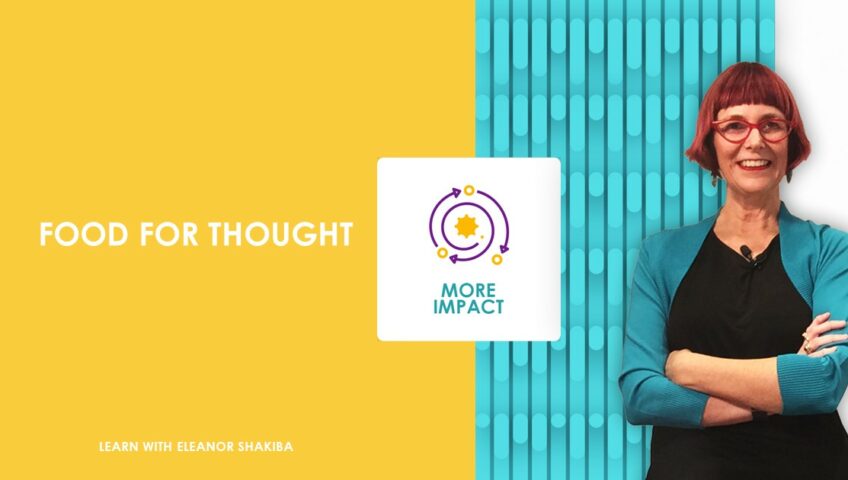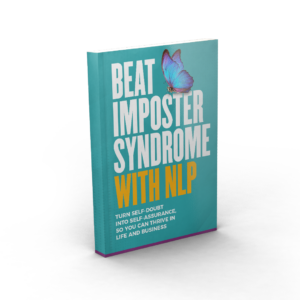There’s a moment between being asleep and being awake when your mind is in a state of transition. This is known as hypnagogia and it has been linked to heightened creativity and problem-solving abilities. The work of research psychologist Valdas Noreika, is interesting to explore if you want to capitalise on this state.
According to Noreika, many creative folks – including Thomas Edison, Edgar Allan Poe and Salvador Dali – have claimed that the moments between sleep and wakefulness have been a major source of their ideas and inspiration. Many reported that it sparked bursts of creativity or mental clarity. Thus, hypnagogia is an important concept to explore if you want to tap into your creative mind.
So, what exactly is hypnagogia? In simple terms, it is a transitional state between being awake and asleep. During this time, the brain produces theta waves which are also present during meditation and daydreaming. This state typically occurs when you are drifting off to sleep or when you are just waking up. However, it can also occur during periods of deep relaxation.
This means you can deliberately unlock this state of consciousness and reap its creative benefits. Indeed, a new device has been built to help you do just that. “This means we have a kind of workable system for dream control,” one of the inventors says. Here’s a quick summary of how this ‘dream machine’ came about.
First, let’s dive into the past. Thomas Edison, ever the innovator, discovered a unique way of inducing hypnagogia. He’d clutch a steel ball in his hand while dozing off. As sleep took hold, his grip would loosen, causing the ball to clatter onto the floor. The noise would jolt him back to wakefulness, just as he started to experience the hallucinatory insights characteristic of hypnagogia. Clever, right?
Free e-book and video tips.Get your copy today!
|
|
Fast forward to today, and MIT Media Lab has given Edison’s technique a new lease of life with the Dormio device. In its first iteration, Dormio was a glove fitted with a microcontroller and a pressure sensor in the palm. The user would wear the glove and make a fist, putting pressure on the sensor, while EEG sensors monitored their brain activity. As they started drifting off to sleep, Dormio’s sensors detected the user’s muscle relaxation. At this point, a recorded phrase, designed to influence the user’s dreams, was played by Dormio.
In the second version of Dormio, the researchers swapped the palm sensor for flexion sensors that measure muscle tension at a much more detailed level. This allowed them to monitor subjects more accurately. They also replaced EEG monitoring with simpler biosignals, such as heart rate, and played the recording through a smartphone app.
Now, they’re working on a third generation of Dormio, which will monitor eyelid movement in sleeping subjects. The goal is to make Dormio as comfortable, affordable, and non-invasive as possible. Soon, perhaps, you’ll be able to use it! Isn’t it fascinating how we can take a concept from over a century ago and adapt it to modern technology?
You can read the original article here.
This article summary was created by Eleanor Shakiba
Eleanor is a leadership trainer, success coach and people skills expert. She helps managers and business owners build thriving teams and organisations, using tools from Positive Psychology. She's trained more than 60,000 people during her career as a corporate trainer and professional development consultant. Her mission is inspiring talented people to become leaders who make a difference.

